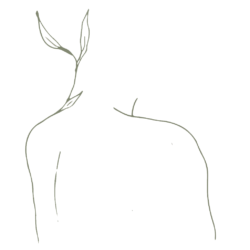El Parkinson és una malaltia degenerativa que afecta al sistema nerviós central produint un trastorn del moviment. A mesura que les neurones de la part del cervell afectada van morint, s’observen dificultats motores com els tremolors, rigidesa al tronc o les extremitats i problemes d’equilibri (inestabilitat postural). Quan la malaltia avança les dificultats van en augment i interfereixen i incapaciten a la persona en les seves activitats diàries.
Els estudis fets mostren que un gran percentatge de cèl·lules encarregades de produir dopamina, així com moltes de les seves terminacions nervioses han deixat de funciona. Aquest fet afecta la producció del neurotransmissor norepinefrina, qui s’encarrega de transmetre informació al sistema nerviós parasimpàtic, que controla les funcions automàtiques del cos (pols, pressió arterial, per exemple).
Com que és una malaltia crònica i multisistèmica, va agreujant la mobilitat i condicionant molts aspectes de la persona. La Tècnica Alexander es presenta com una eina que beneficia a qui la pateix, ja que treballa amb l’equilibri la postura corporal i el benestar general, en una metodologia de consciència del cos en el moment present en un enfoc mindfulness.
Un estudi realitzat amb malalts de Parkinson que havien practicat la Tècnica Alexander evidència el benefici de la seva pràctica amb resultats positius referents a la inestabilitat, la rigidesa i l’alineació postural. Si voleu ampliar aquesya informació i esteu interessats en llegir sobre aquestes investigacions podeu seguir aquest enllaç.
També podeu consultar aquest vídeo explicatiu de la Tècnica Alexander en estudis científics.
La generalitat de Catalunya anomena la Tècnica Alexander com una tècnica de suport i de tractament complementària en la seva pàgina web de canal salut referent a la Tècnica Alexander. La podeu consultar aquí
Si vols més informació sobre Kilibra cos . ment . moviment et podem ajudar… Contactan’s!



